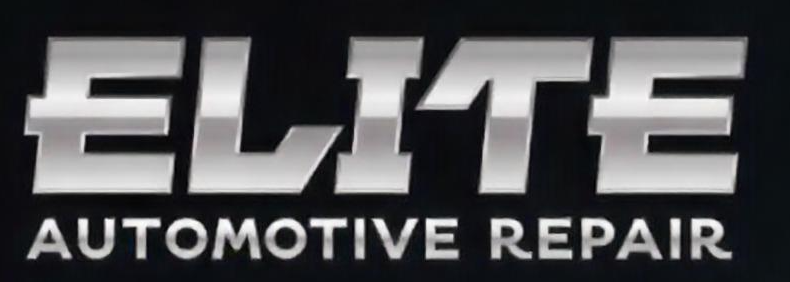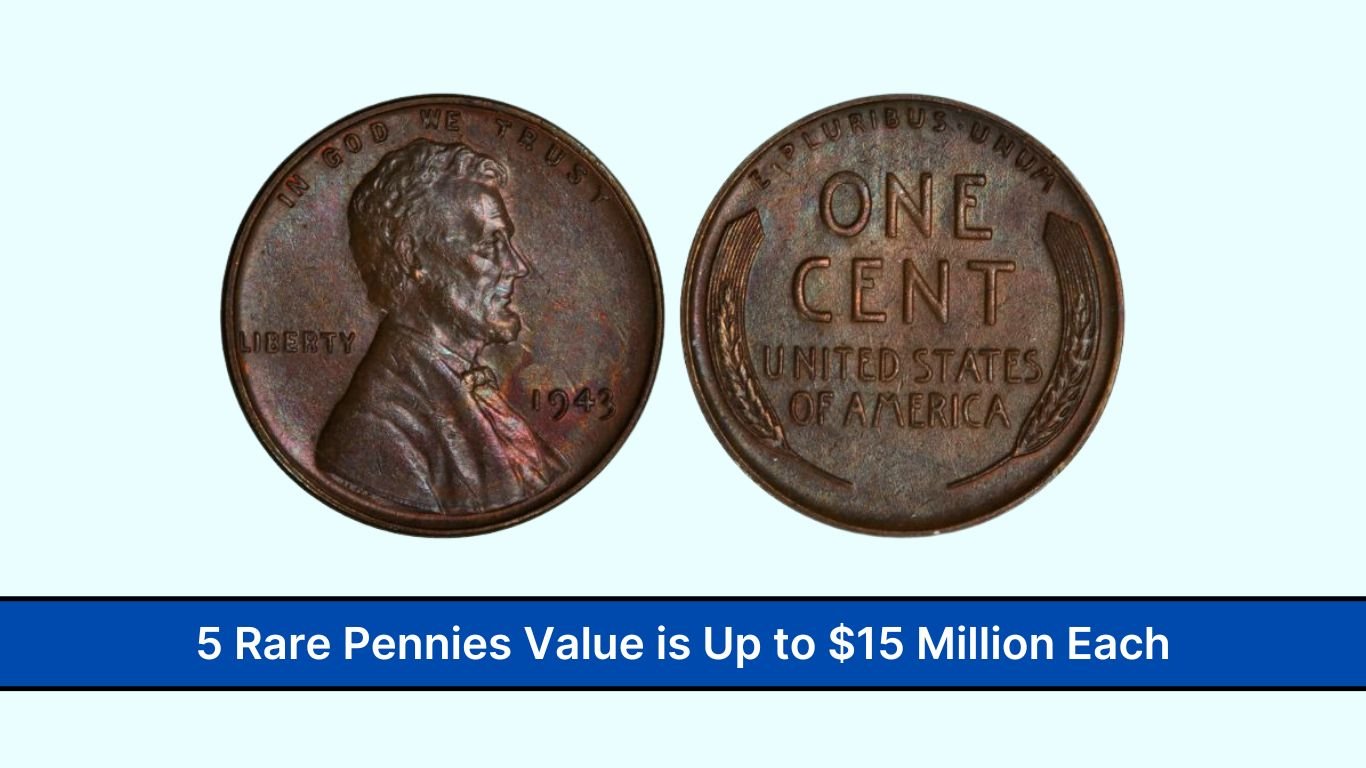Finding a rare penny that’s worth thousands—or even millions—might sound like a fantasy, but it has happened to lucky collectors. Some of the rarest U.S. pennies were minted due to mistakes, material shortages, or limited production runs, making them highly valuable today.
In this guide, we’ll break down five of the most valuable pennies ever discovered, how to identify them, and what makes them worth so much. Whether you’re a seasoned collector or just curious about the coins in your pocket, this information might help you uncover a hidden gem.
Key Takeaways
- The 1943 Copper Penny is worth over $428,000 and is non-magnetic.
- The 1955 Double Die Penny has doubled letters and sells for $18,000+.
- The 1992 Close AM Penny has tight lettering and can reach $50,000.
- The 1944 Steel Penny is magnetic and valued at $61,000.
- The 1856 Flying Eagle Cent is extremely rare and can sell for $29,000.
1943 Copper Penny
During World War II, copper was a critical resource for the U.S. military, so the Mint switched to steel for penny production in 1943. However, a few copper blanks were mistakenly used, creating one of the rarest coins in U.S. history.
Why It’s Valuable
- Only about 20 to 40 exist, making it a true collector’s item.
- It is made of copper, unlike most 1943 pennies, which are steel.
- In top condition, this coin can sell for over $428,000.
How to Identify
- A genuine 1943 copper penny will not stick to a magnet.
- It has the same design as a regular 1943 penny, but its metal composition is different.
- Due to its high value, counterfeit versions are common, so professional authentication is a must.
1955 Double Die
Minting errors can turn ordinary coins into highly sought-after collectibles. The 1955 Double Die penny is famous for its misaligned die, which caused the lettering and numbers on the front to appear doubled.
Why It’s Valuable
- The misprint was not caught before release, making this a circulated coin with a rare error.
- Well-preserved versions can sell for $18,000 or more.
- Even worn-out coins can fetch thousands due to their historical significance.
How to Identify
- Look for obvious doubling in the date and the words “LIBERTY” and “IN GOD WE TRUST.”
- The back of the coin will appear normal, with no doubling.
- Use a magnifying glass to check for subtle doubling effects.
1992 Close AM
A small design variation in 1992 resulted in a rare penny where the letters “A” and “M” in “AMERICA” are almost touching. This mistake occurred when the Mint accidentally used a proof coin die for regular circulation pennies.
Why It’s Valuable
- Only a handful of these pennies exist, as most 1992 pennies have a normal “Wide AM” spacing.
- A well-preserved Close AM penny can be worth $25,000 to $50,000.
- Even in circulated condition, they are worth hundreds of dollars.
How to Identify
- Look at the word “AMERICA” on the back of the coin.
- In rare versions, the A and M are almost touching, unlike regular pennies where there’s more space between them.
- A 1992-D version (Denver Mint) is also rare and valuable.
1944 Steel Penny
After using steel in 1943, the Mint returned to copper in 1944. However, some 1943 steel blanks were mistakenly struck with 1944 dies, creating one of the rarest pennies ever.
Why It’s Valuable
- Only about 15 to 20 exist, making them incredibly scarce.
- Unlike regular 1944 pennies, these are made of steel, not copper.
- A high-grade version of this coin sold for over $61,000.
How to Identify
- A real 1944 steel penny will stick to a magnet.
- It should have a 1944 date and look similar to a 1943 steel penny.
- Counterfeits exist, so professional grading is necessary.
1856 Flying Eagle
The Flying Eagle cent was only minted from 1856 to 1858, making the 1856 version extremely rare. Originally, these coins were produced as a test, but some were released into circulation.
Why It’s Valuable
- Only around 2,000 were ever made, making them highly collectible.
- It represents an important transition in U.S. coinage, from large to small cents.
- In top condition, this penny can be worth up to $29,000.
How to Identify
- Features a flying eagle on the front and a wreath on the back.
- The date should be 1856.
- It’s slightly larger than later pennies, as it was an experimental design.
Why Condition Matters
The value of a rare penny depends not just on rarity but also on condition. Coins are graded from Poor (P-1) to Mint State (MS-70).
- Mint Condition (MS-65 or higher): These coins have sharp details, no wear, and no scratches, fetching the highest prices.
- Circulated Condition (VF-30 to XF-45): Coins show some wear but are still valuable.
- Poor Condition (P-1 to G-4): Coins are heavily worn and worth significantly less, but rare ones still sell for thousands.
Professional grading services like PCGS or NGC provide official certifications, ensuring authenticity and value.
Finding Rare Pennies
Believe it or not, valuable pennies can still be found in circulation. Here’s how to increase your chances of finding one:
- Check Old Jars and Collections: Family coin jars and old collections may contain rare pennies.
- Inspect Pennies from 1943 and 1944: Use a magnet to check for copper 1943 or steel 1944 pennies.
- Look for Design Errors: Small differences in lettering, dates, and spacing can indicate high-value mistakes.
- Attend Coin Shows and Estate Sales: Sometimes, rare pennies are unknowingly sold for face value.
Where to Sell Rare Pennies
If you discover a valuable penny, here are the best places to sell it:
✔ Coin Dealers – Experts who specialize in rare coins and can offer fair prices.
✔ Online Marketplaces (eBay, Heritage Auctions, Stack’s Bowers) – Great for reaching collectors worldwide.
✔ Numismatic Auctions – These attract serious buyers willing to pay premium prices.
✔ Coin Shows – A great way to network with collectors and get professional appraisals.
Final Thoughts
Rare pennies are still out there, waiting to be discovered. The next time you receive change, take a closer look—you might be holding a small fortune! If you find an unusual penny, get it authenticated by a professional, and who knows? You might own a piece of history worth thousands or even millions.

